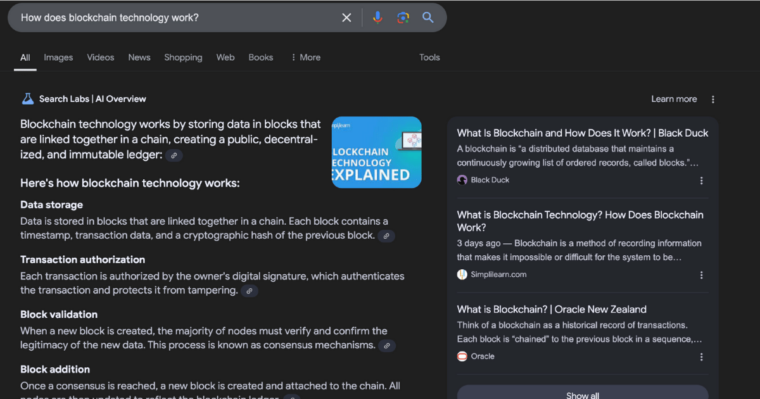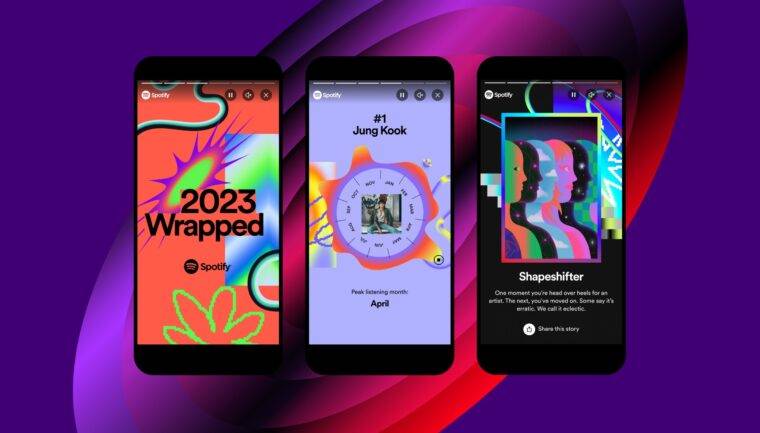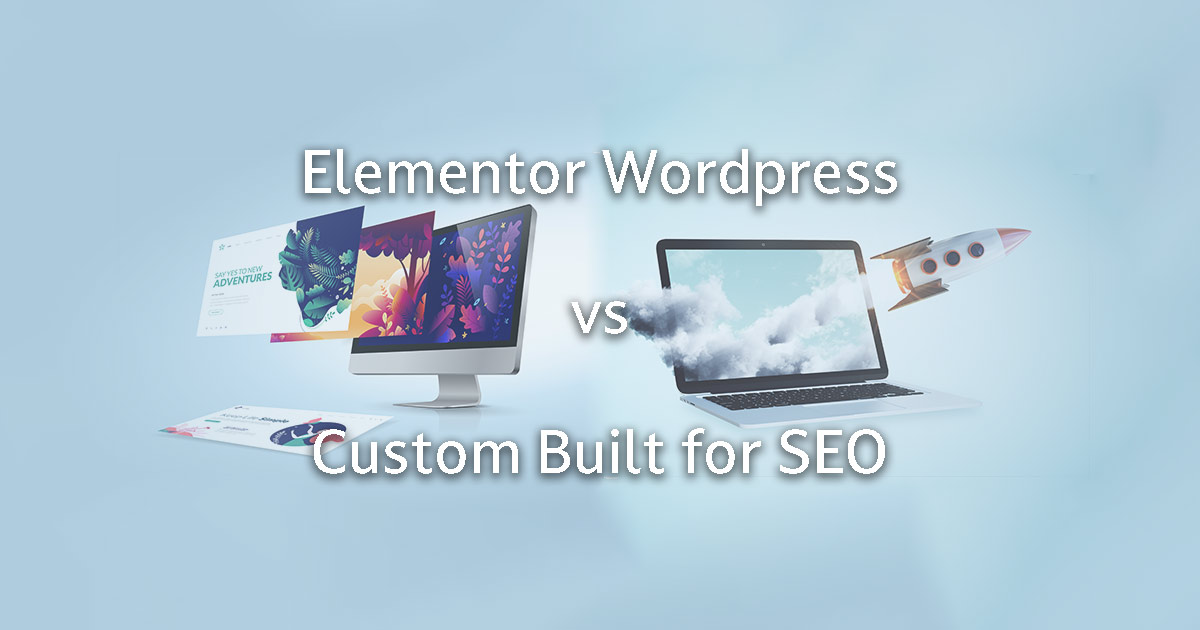Every day there seems to be something new released in the world of AI development. As 2024 draws to a close, We’ve hunted down the information as to where we are at right now on the emerging topic of Generative Engine Optimisation (also known as GEO). We’ve also included some tips at the end to help you answer the questions of ‘how do I ensure my website/brand/business appears in AI Search results’.
Generative Engine Optimisation (GEO) is a cutting-edge evolution in the field of SEO that leverages AI-driven tools and techniques to optimise and generate content. It builds on traditional SEO practices by integrating generative AI technologies like OpenAI’s GPT models and Google’s Search Generative Experience (SGE).

GEO focuses on creating, optimising, and tailoring content dynamically for enhanced visibility and relevance in search engines and AI-powered search interfaces.
What is GEO?
GEO applies AI to analyse search intent, generate keyword-optimised content, and adapt dynamically to emerging trends in search behaviour. Unlike traditional SEO, which depends heavily on manual content creation and keyword mapping, GEO uses AI tools to automate these processes, offering scalability and efficiency. For example:
- Dynamic content creation: Generative models like GPT produce human-like, engaging content tailored to user intent.
- Intent analysis: AI tools help determine what type of content (informational, transactional, or navigational) aligns with specific search queries.
- Personalisation: GEO adapts content to fit individual preferences, such as location or user behaviour.
How AI Engines Decide on Content
Generative AI follows a process inspired by SEO principles, tailored to provide the most relevant and useful content:
- Query Understanding: Break down the user’s request to determine intent and context. For instance, “geo-generative optimisation” implies interest in AI-enhanced SEO strategies.
- Knowledge Base Search: Retrieve the most relevant and up-to-date information from internal databases or external sources.
- Contextual Adaptation: Adjust the content to match the query’s intent, depth, and desired tone, ensuring clarity and relevance.
- Content Generation: Create clear, well-structured responses, naturally integrating keywords and addressing user intent comprehensively.
Similarly, tools like Google’s Search Generative Experience (SGE) summarise and present AI-curated results, moving beyond traditional link-based search results for user-centric convenience.
Google identified the movement towards people using AI for search and responded with their own AI response tool. Clever.
Applications and Challenges
Applications:
- Hyper-local SEO: GEO excels in location-specific content by tailoring keywords and formats for local audiences, enhancing geo-targeted marketing efforts.
- E-commerce: AI can dynamically generate product descriptions, blog content, or FAQs optimised for search engines.
Challenges:
- Ethical considerations: Transparency in AI-generated content remains critical to ensure trust.
- Algorithm dependency: Constant monitoring and adaptation to changing search engine algorithms are essential.
- Quality assurance: While efficient, generative AI requires human oversight to ensure nuance and originality
Future of GEO
The future of GEO lies in its ability to integrate seamlessly with AI-powered search interfaces and emerging technologies. For businesses, this means leveraging tools like GPT and SGE for a competitive edge. As AI search tools evolve, staying updated with GEO strategies will be crucial for visibility in this new search landscape
5 tips that website owners can use to help them rank in geo searches
Here are five actionable tips for website owners aiming to rank higher in GEO (Generative Engine Optimisation) and local search results:
1. Optimise for Local Keywords
Incorporate location-specific keywords throughout your website, such as in:
- Titles, meta descriptions, and headers.
- Content, including blogs or FAQs addressing local queries.
- Schema markup (e.g., LocalBusiness schema) to make your location explicit for search engines (if you need help with this area, Back9 is here to help you).
For example, instead of “best donut shop,” use “best donut shop in Invercargill.”
2. Leverage Generative AI for Personalised Local Content
Use AI tools like ChatGPT or Google’s Gemini to:
- Generate geo-targeted blog posts about local events, news, or community issues.
- Produce dynamic landing pages tailored to specific locations or customer personas.
Generative AI can streamline creating unique, keyword-optimised content for multiple locations.
3. Optimize Google Business Profile and Listings
Ensure your Google Business Profile is up to date:
- Add accurate NAP (Name, Address, Phone number).
- Include location-based keywords in your business description.
- Encourage customers to leave reviews, and respond to them to improve visibility.
Using tools like AI-based content suggestions, personalise responses to reviews for enhanced engagement.
4. Use AI for Enhanced Mapping and Geo-Specific Tools
Incorporate tools like:
- AI-generated interactive maps on your website.
- Geo-specific calculators or tools, such as energy cost savings for specific regions.
For instance, Energy Owl’s online rooftop area tool is an excellent example of engaging users with localized, value-adding features.
5. Monitor Trends and Adapt to GEO Algorithms
AI-powered tools like Google’s Search Generative Experience (SGE) prioritize conversational, intent-based queries. To adapt:
- Focus on creating content that answers “how-to” and “why” questions relevant to your location.
- Use analytics tools (e.g., SEMrush or Ahrefs) to track local keyword performance and emerging search trends.
Stay updated with Google’s algorithm changes and tweak your GEO strategy as needed.
If you’re looking to get your website in the best shape possible to rank in GEO searches, get in touch with Back9 Creative.








